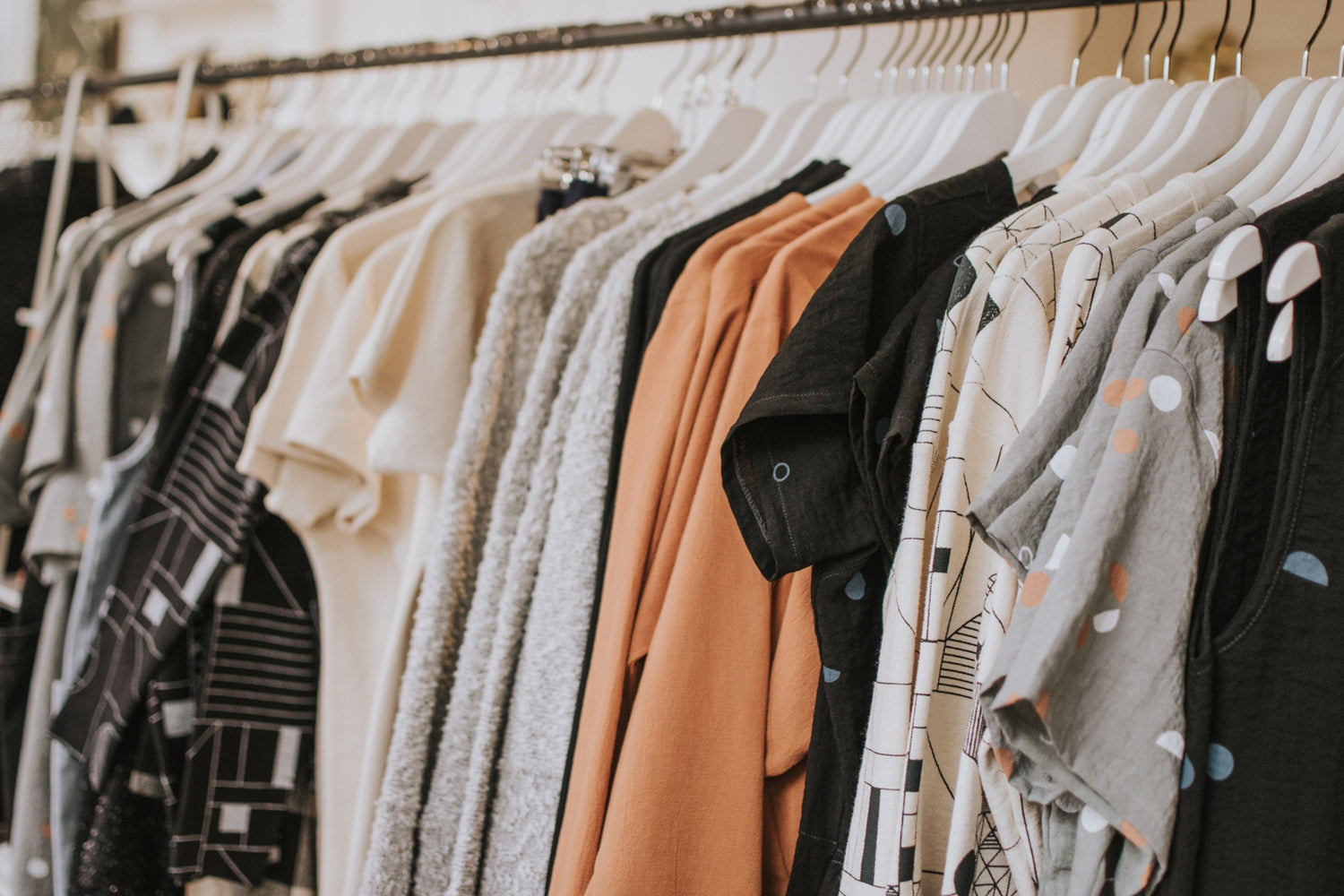Slow fashion and fast fashion are two terms that are on everyone's lips right now. One might even venture to say that these two fashion industries are waging a war.
For a very long time, fast fashion had a monopoly on the fashion world. In a constantly evolving society where trends have become almost ephemeral, fast fashion has established itself as a benchmark. We are all on the lookout for new products and low prices, so we often find ourselves buying from these brands that are always there to meet our desires!

However, in recent years, a wave of collective awareness has emerged. We have gradually decided to pay more and more attention to our consumption habits and our impact. Slow Fashion was born from this desire to keep only the essentials and consume better. But then, what's the difference between fast fashion and slow fashion? We explain everything!
Let’s start with fast fashion!
What is fast fashion? "Fast fashion" in French includes Brands that produce on a large scale . As a result, their collections change with the seasons and trends. Some brands even restock their stores several times a month with new items to be as competitive as possible. This way, they can offer unbeatable prices between 3 and 15 euros for a t-shirt or jeans, or pairs of shoes at 19 euros. It's hard to find cheaper in the West.

Access to new trends has become easier and cheaper, so the fashion industry is focusing more on desires than on seasons. Many brands use communication strategies to generate desire and thus increase the desire to renew one's wardrobe every month. .
We are all influenced by ubiquitous marketing and, often seduced by the idea of always having new products, we implicitly feed this phenomenon. Over time, the act of buying clothes has become commonplace ; we buy large quantities of clothes, in duplicate, in triplicate.
This is when the problem really arises: we get bored, new trends appear, we throw away what we have just bought to make way for the very latest model!
So, what about slow fashion in all this?
As for " slow fashion," a term that is emerging day by day, it encompasses all the brands that offer timeless product lines that last through the seasons.
It is an industry whose principle is ban overproduction in the textile industry because every year, thousands of items of clothing are produced and thrown away! The textile and fast fashion industry produces more than it can sell. Slow fashion, on the other hand, produces responsibly and wants to differentiate itself in its production methods . It is an industry based on the fair trade model which aims to respect human rights and the environment.

The consequences of fast fashion
To understand the importance of slow fashion, we must understand the dangers of fast fashion. What are the manufacturing conditions for clothing in the "fast fashion" industry?
On April 24, 2013, the capital of Bangladesh experienced a major tragedy: the collapse of Rana Plaza. This eight-story building housed garment factories that worked for numerous clothing brands. The top four floors, where the garment factories were located, were built without a permit. On the day of the tragedy, only the workers were present; the building's shops and bank had been evacuated the day before. Yes, it was pure coincidence.
Brands that produce on a large scale are forced to produce quickly. This, in turn, results in neglecting manufacturing conditions (of clothing or footwear) to the detriment of the people who work there, as the Rana Plaza affair clearly illustrates.
Ever-increasing mass production means that workers in textile factories often work in difficult conditions, with no real ethics.
CONCLUSION: The importance of slow fashion

In addition to the disastrous social impact this fast-paced industry can cause, there's also the environmental impact. Mass production only creates additional waste that pollutes the planet. Most of these brands use highly polluting products that have a disastrous effect on the environment.
Slow fashion is here to address this social and environmental issue.
3 essential points:
#1 Produce less, but above all better
#2 Use more environmentally friendly materials
#3 Respect for the human rights charter in production.
As you will have understood, ethical fashion is at the heart of slow fashion!



